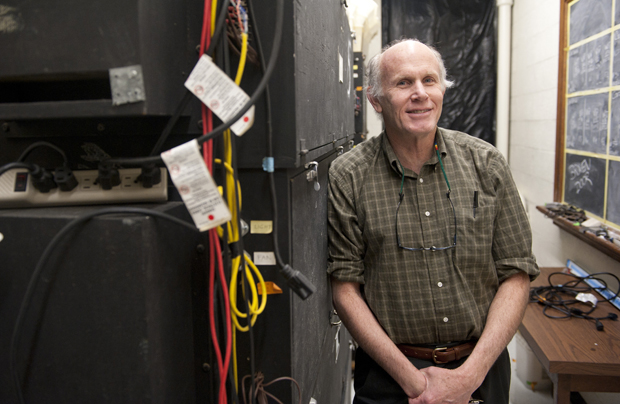3Qs: It may be daylight saving, but we’re losing an hour

This weekend we turn the clocks forward an hour for the return of daylight saving time, which means we lose an hour of sleep. We also have to do things an hour earlier than we did before relative to the natural light and dark cycles of the day and relative to our internal body clocks. Biology professor Fred Davis shares how daylight saving time affects our bodies and how simple adjustments can make the transition smoother for us.
How does turning the clocks forward an hour impact our bodies?
People who have to get up at a particular clock time will lose an hour of sleep in the morning that cannot be easily made up in the evening by going to bed earlier because their body clock hasn’t adjusted, at least not right away.
Sleep loss can persist for several days and is the likely cause for a reported increase in traffic accidents after the spring forward. An hour doesn’t seem like a big change but waking up at a different time is a significant transition in our physiology.
People could prepare by getting up a little earlier than normal, something that for many people happens spontaneously in response to the earlier sunrise. After the change, it might help to maximize light exposure in the morning.
Do certain people have a tougher time adjusting to the time change?
How long it takes for a person to adjust is highly variable from one individual to the next and depends on their current sleeping schedule and exposure to light. Generally that adjustment, doing things at the same social time as before without sleep loss or extra efforts to get up, takes several days to two weeks. Some individuals might never adjust, especially those classified as “owls,” with later bedtimes.
In the fall the end of daylight saving makes it lighter in the morning, but darker earlier at night. In the spring, the time change makes it darker in the morning and lighter later at night — are either of these options better for our sleep cycles or circadian rhythms?
In our current sleep-deprived society, an extra hour of sleep, as in the fall, is likely to be a beneficial adjustment, and the fall change appears to be easier. Daylight saving time was not implemented for reasons directly related to circadian rhythms, but theoretically the time changes could make sense for our rhythms.
The start of our “day,” defined as our 16 or so hours of wakefulness, is much more tied to sunrise than the end of our day is tied to sunset.
As sunrise occurs earlier in the spring, we shift our social day to also begin earlier and vice versa in the fall. This is true for most day-active animals in nature such as songbirds, whose activity begins close to sunrise throughout the year while the end of their day is much more variable. Some researchers have suggested, however, that both changes interfere with the natural progression of adjustments to changing day length.





